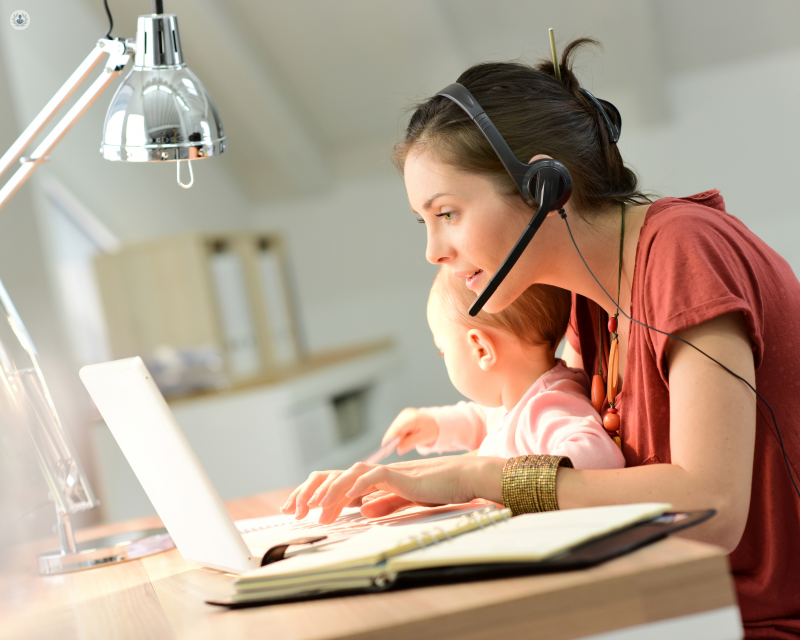Telemedicine
What is telemedicine?
Telemedicine is the use of telecommunication and information technology to diagnose and provide medical assistance from a distance. It has been used mainly to refer to services such as:
- monitoring services (e.g home monitoring to detect falls)
- remote consultations conducted over instant messaging, voice chat, or video chat

How does telemedicine work?
Telemedicine requires a complex infrastructure of:
- hardware such as computers or mobile phones
- software to facilitate a remote consultation or provide an interface for someone to monitor their relative’s health
- a strong internet connection
Any telemedicine system should also be built to secure and encrypt any patient data, which can include any recordings of remote consultations and the advice they are given.
What is it for?
In the case of remote monitoring, telemedicine technology can give people living alone the peace of mind that they will get help in the event of a fall, and can also give relatives the assurance that their loved one is well.
Remote consultations can be useful in a number of situations:
- The patient is too far away to visit the doctor of their choice
- The patient is not well enough to visit their doctor in person
- The patient does not have the time to travel to see their doctor, especially if the consultation is a follow-up appointment and not of critical importance
Many patients may also find it helpful to have a remote consultation to seek a second medical opinion, if they do not want to travel again.
What are the alternatives?
Round-the-clock monitoring is an expensive solution, and not everyone will necessarily be comfortable with the compromise to their privacy. An alternative is to live in a supported housing arrangement, where housing units (usually flats) are equipped with ways to alert the on-site staff if there is a medical emergency.
Meanwhile, remote consultations cannot replace all types of consultation. For many issues, such as breathing problems, arrhythmias, or urological problems, it will be necessary to have a physical examination or samples taken for testing.
